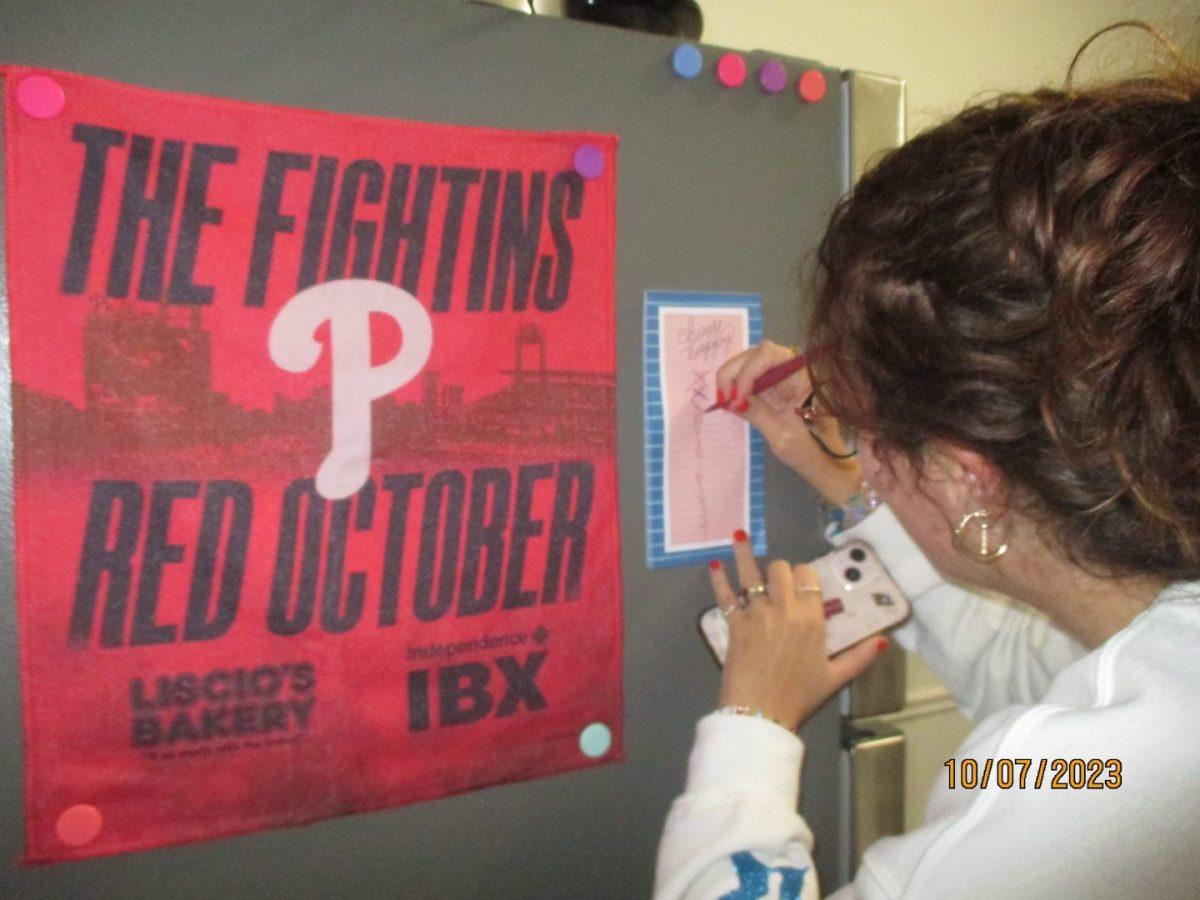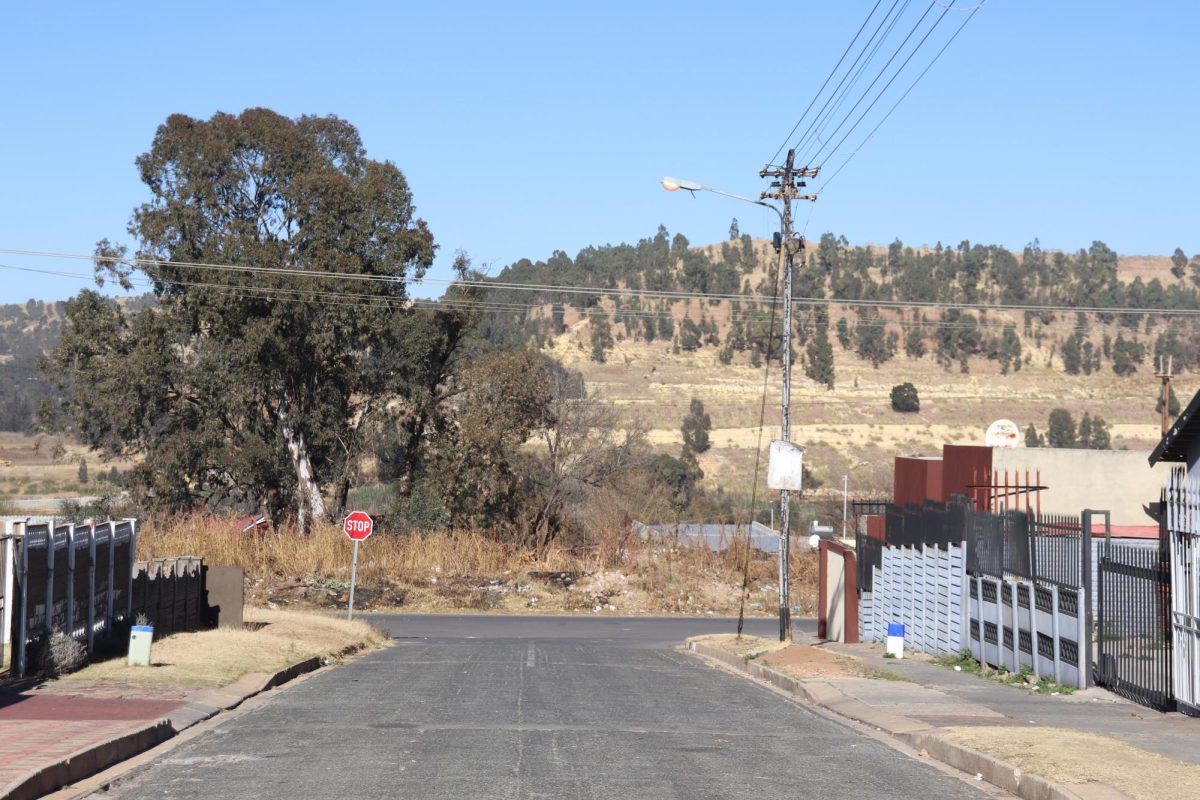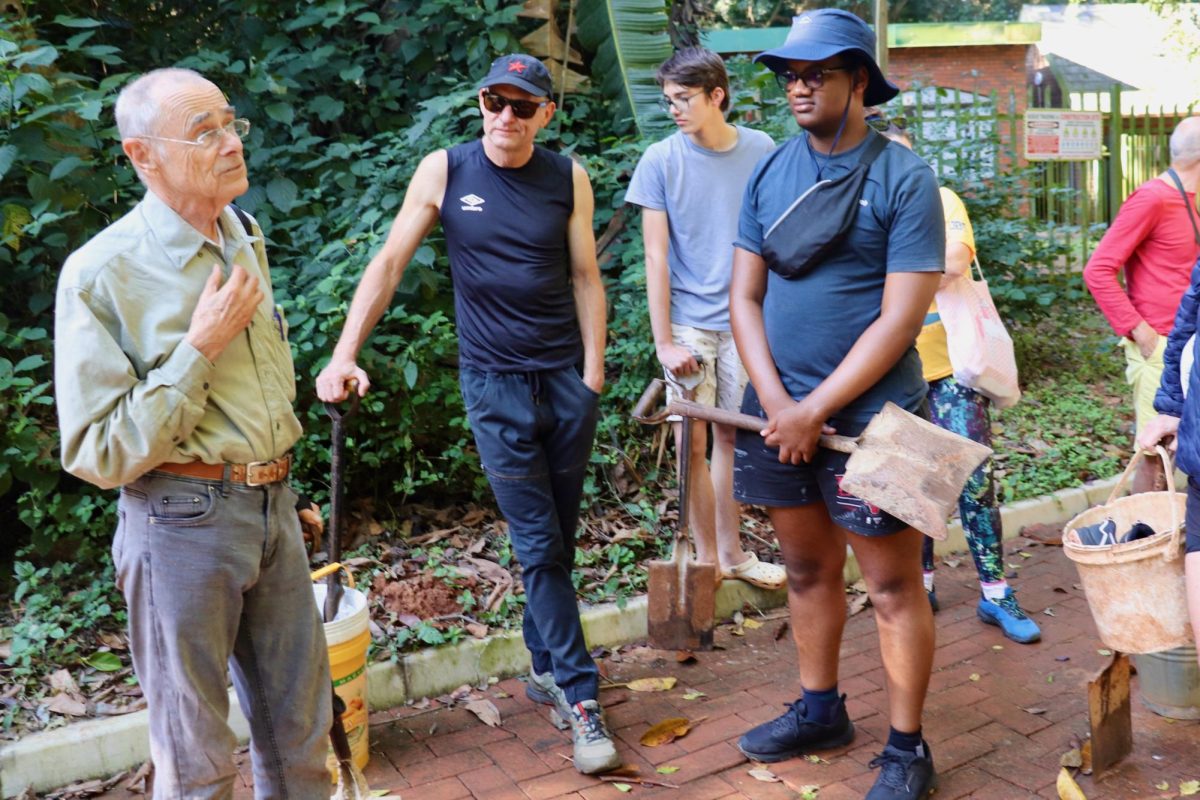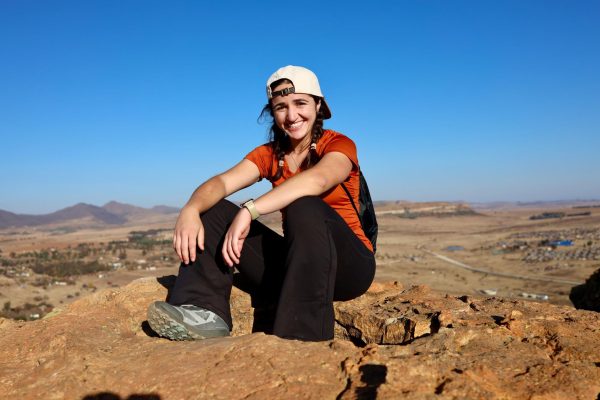Johannesburg, South Africa – A series of yellow mountains looms over the township of Riverlea, about six miles west of Johannesburg.
The mountains, known as tailings, are the result of waste materials left over from the processing of ore during mining operations. When the wind blows, toxic dust creates an ever-present layer of grime on and in the houses near the tailings, including a multigenerational house where a family of seven sisters is now down to three.
“We tried to stay strong,” said Siritta Varnicker, the niece of Beverley Triegaardt, one of the sisters, who died in June 2023. “Everytime one of us wanted to break down, we run out of the room, go cry, wash our face, go back in, and be like, ‘Are you okay?’”
Before Triegaardt died from lymphoma, she relied on oxygen tanks and the support of her sisters, Yolanda Spalding and Rochelle Smith, and other relatives living in the house. Most members of the family experience breathing problems.
“My baby’s only three months old,” Varnicker said, “and she’s suffering with sinus issues.”
For Varnicker and her family, the cause of all this suffering is clear.
“We believe it’s the dunes,” Varnicker said, referring to the tailings.
Spalding, who also has breathing issues, agreed.
“The whole of Riverlea is suffering,” Spalding said.
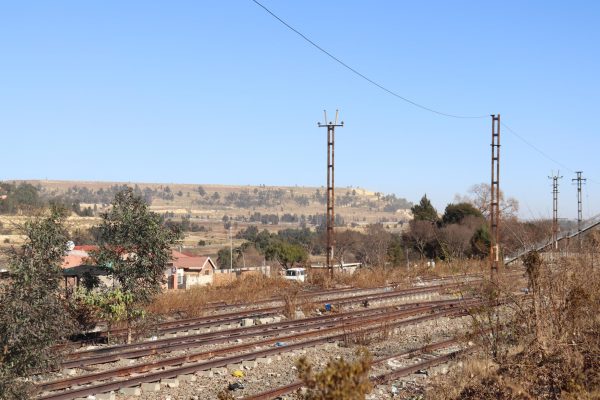
The tailings that surround Riverlea, and many other Black residential communities in South Africa, are next to abandoned mines. Mining has played a significant role in South Africa’s history since the late 19th century. Though production has been on the decline in the last few decades, mining operations, including illegal mining, continue in Johannesburg.
Environmental experts widely agree that mining tailings are toxic and create health issues for people who live near them.
The Riverlea Mining Forum, a nonprofit organization started by community members, has tried to take legal action to ensure the community is informed about local mining operations and is safe from mining-related crime and environmental effects.
“The mining companies do not respect us when it comes to the rules and regulations that must be followed,” said Charles van der Merwe, a member of the Riverlea Mining Forum, “so they just come and do as they please.
Van der Merwe connects people to VitalAire, an oxygen tank distributor, and conducts water tests in the Russell Stream which runs along the southern side of Riverlea adjacent to the tailings. VitalAire’s website points to Section 24 of the South African Constitution: “Everyone has a right to live in a clean and healthy environment that is not harmful to their health and safety.”
In August 2021, Alfred Crook, a priest in the Old Apostolic Church in Riverlea, lost his wife, Daphne, who had relied on oxygen tanks from VitalAire to breathe.
“If she got off the oxygen for a minute, her face is getting blue, her lips, her hands,” Crook said.
Crook said he barely recognized his wife at her funeral because her body had darkened from lack of oxygen. His six-year-old grandson has also developed a chest problem that impacts his breathing and causes coughing and seizures.
But getting the mining companies, and the government, to address environmental and health impacts in communities like Riverlea is often a battle for residents.
“Our task is rather difficult,” said Cedrick Ortell, community monitor for the Riverlea Mining Forum. “First of all, we need experts on board, water experts, air quality experts, health experts.”
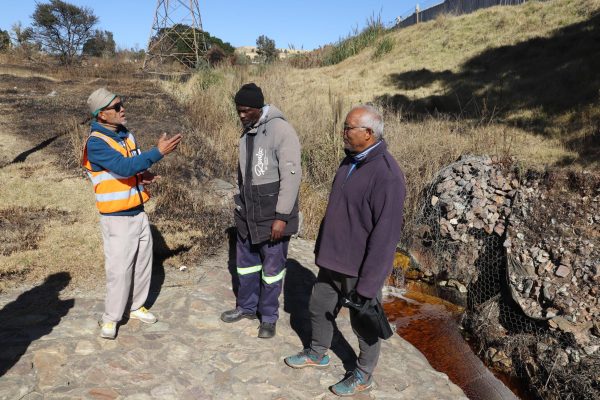
Mark Kayter, a member of the Riverlea Mining Forum, works to hold mining companies accountable for the impact of mine waste on communities and the environment.
Kayter spoke to the South African government’s Parliamentary Portfolio Committee in September 2023 to discuss rehabilitation of abandoned mine shafts in nearby George Harrison Park. There are more than 6,000 abandoned mines across South Africa, with several hundred mines around Johannesburg, according to the office of the Auditor General of South Africa.
Kayter said he was unhappy with the outcome of the meeting. While Mintek, a mineral and metallurgical company contracted by the South African Department of Mineral Resources and Energy (DMRE) closed entry to about 28 mine shafts in Riverlea, those caps have done little to help the community, he said.
“They’re not sealing anything, not rehabilitating. They are simply capping them,” said Kayter, referring to a concrete slab with an emblem of a skull and crossbones etched into it.
The Hawk reached out to Mintek for clarification about the capping but did not receive a response.
Some of the capped shafts are in George Harrison Park, the site of the first gold discovery in South Africa in 1886. The park has provincial Heritage Site status.
Kayter said mining at George Harrison Park was discontinued after Central Rand Gold, the previous owner of the mine, went into liquidation. The capped shafts are now ownerless, and miners called Zama zamas have begun to illegally mine in the abandoned areas.
In fact, according to Kayter, the concrete caps put on the old shafts actually encourage illegal mining rather than deter it.
“Rehabilitating would be like filling them up and closing up permanently,” Kayter said. “They just kept putting a lid on it… that tells the Zama zamas where the shaft is. So you just come at night and then you can just open up and then you’re back in business.”
Members of the Riverlea Mining Forum plan to continue pressuring the DMRE, and the mining industry, with the hope that those companies responsible for the environmental damages are liable and conduct proper rehabilitation protocols.
The Hawk asked DMRE officials for comment on residents’ complaints and concerns about mine pollution but did not receive a response.
“We can’t allow these people to just come and do as they please,” Kayter said. “Let’s tackle them. Let’s fight. Let’s see how far we can get with this.”
Meanwhile residents of Riverlea continue to struggle with mining-related pollution in their water, soil and in the air. Spalding said she worries that without proper rehabilitation of the mines, toxic dust from the tailings will take her as their next victim.
“There’s days and nights where I think I’m going to die now,” she said, holding back tears. “It’s terrible.”
































